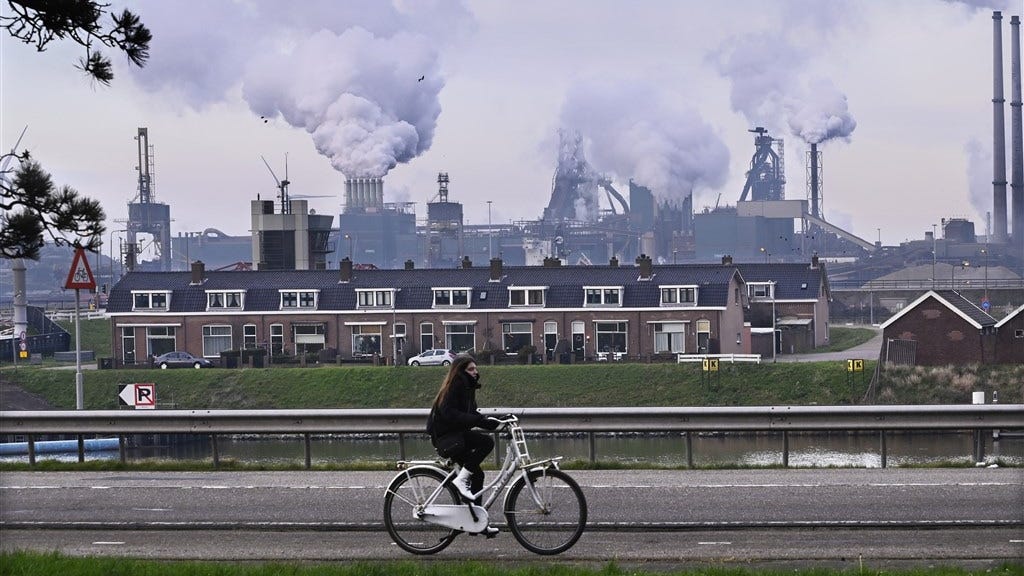Mo-Bruk: A highly profitable garbage company 🗑️
How proprietary resources trigger a 27% net profit margin
Mo-Bruk isn’t your typical high-growth or AI play. Nor is it a software company or some ESG darling. And yet, that’s exactly what can make businesses like this compelling for investors. Hedge funds and ETFs often can’t, or won’t, touch them. Retail investors tend to dismiss them as dirty or boring, which means valuations can swing wildly out of line with fundamentals.
From a competitive standpoint, it gets even more interesting. Who in their right mind wants to build an expensive plant just to process other people’s waste? It’s quite literally a dirty, unattractive business.
But we’re not afraid to get our hands dirty. Opportunities can be found in the most unexpected places… including this one, where Mo-Bruk benefits from its proprietary resources moat.
Before we explain Mo-Bruk, and from which proprietary resources it benefits, let’s first discuss what proprietary resources are.
Proprietary Resources
Proprietary resources are exclusive rights that a company might possess. Having access to proprietary resources can lead to strong competitive advantages. They can fall within the following categories:1
Favorable access to raw materials
Big oil companiesProprietary technologies (IP)
High-tech companies like ASMLFavorable locations
Airports and portsFavorable government treatment
Toll companies
During our most recent analysis of Mo-Bruk, a waste processing company that hardly anyone knows, Mathijs discovered that this particular business is an excellent example of a company that benefits from different kinds of proprietary resources.
What does Mo-Bruk do?
Mo-Bruk is a Polish business that’s active in the waste processing industry. The company currently operates six processing plants, mainly in the Southern part of Poland. It operates in three segments:
Incineration: burning industrial and medical waste to produce energy, which can be used internally or sold to other (industrial) companies
Stabilization and solidification: recycling slag, ashes, dust and hazardous waste into products such as synthetic aggregates and cement granulate
RDF (Refuse-Derived Fuel): processing hazardous waste (such as railway sleepers) into RDF, which is an alternative fuel source that can be used as an energy source for industrial installations and energy reactors
This is what their business model looks like in a visual representation:
In this article, we are going to focus on Mo-Bruk’s incineration division, because that’s where their main advantages occur. The company was able to double its prices per ton of waste within five years in this incineration segment. That would obviously be impossible if the company faced intense competition.
From which proprietary resources does Mo-Bruk benefit in this segment?
Incineration plants are highly polluting. Despite the filtering systems that such a plant uses, these plants emit a lot of harmful smoke into the air. Mo-Bruk owns around 30% of industrial waste incineration capacity in Poland, and it has a reason.
Nobody wants to live close to a processing facility, and local governments make themselves unpopular if they plan to grant a company the license to operate one. Mo-Bruk is lucky to have these incineration plants in place for a long time. The current barriers to entry are very high, as you can probably imagine.

Furthermore, Mo-Bruk is one of the most important government partners in realizing a circular economy, so both parties are benefitting from a good relationship. Although Mo-Bruk has regularly faced fines from governments, it also receives licenses and sometimes even financial backing to modernize plants. As a new player into this market, you are far from getting those, unless, of course, you have a proven and stellar new technology.
Now we’re talking about technology: Mo-Bruk also owns some proprietary technologies in the forms of patents for recycling techniques that can’t be copied by competitors. Mo-Bruk develops these patents within their R&D laboratory. This gives them benefits in government tenders because it enables them to offer cost- or emission saving techniques that others can’t. For example: Mo-Bruk produces cement granulate by using industrial waste. The method of producing synthetic aggregate is patented by Mo-Bruk.
Ready to know more on this dirty, but highly profitable business that benefits from proprietary resources?
For less than $0.55 per day, you get a new company report each week! That’s how you find new and interesting investments!
Have a wonderful day and happy investing.
The Dutch Investors
On the hunt for great companies - Simon Kold





